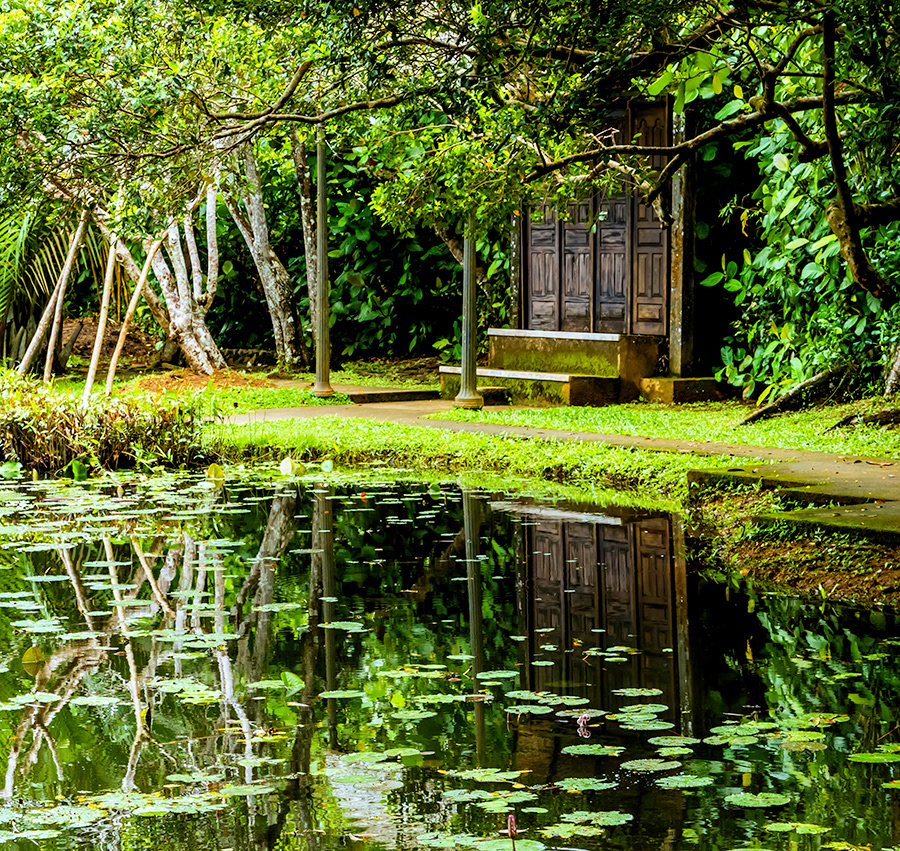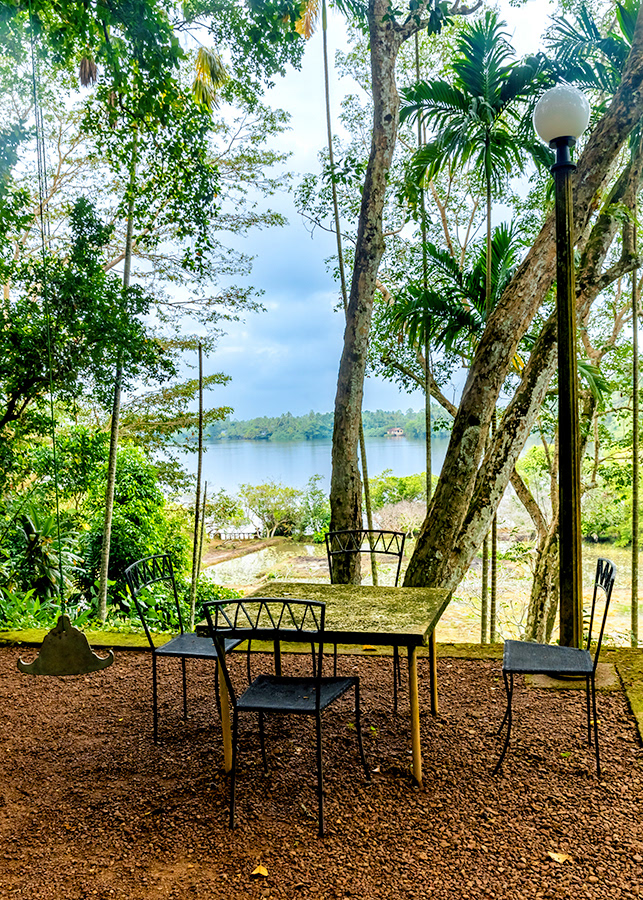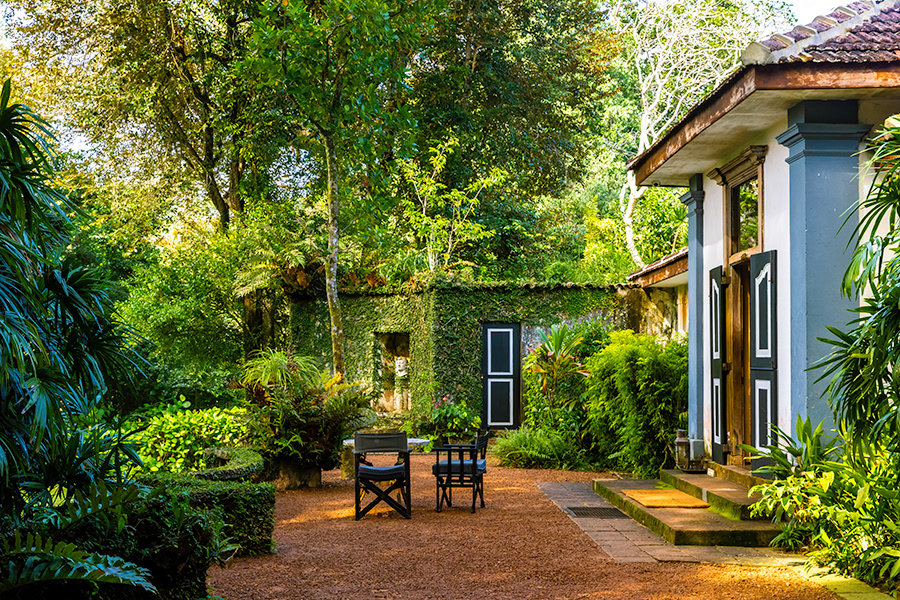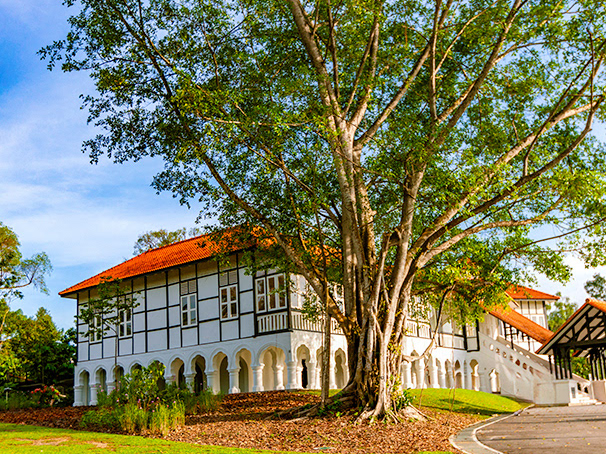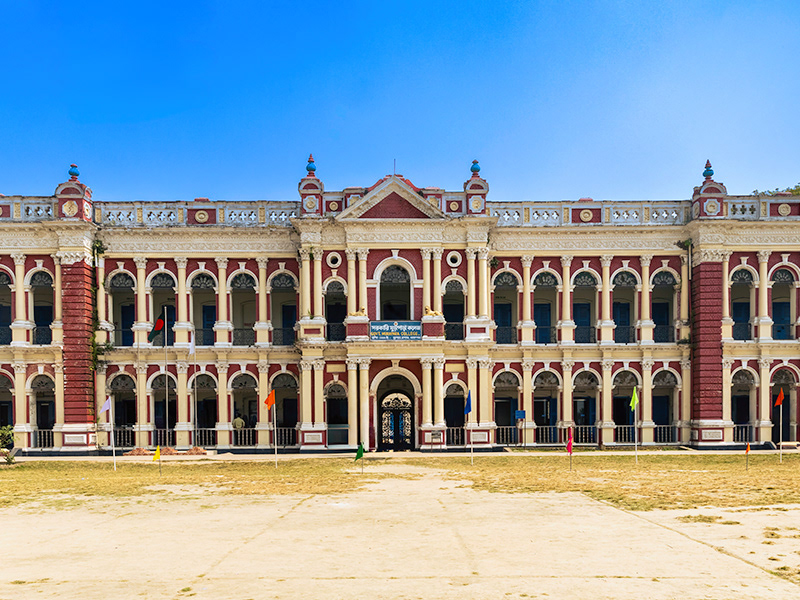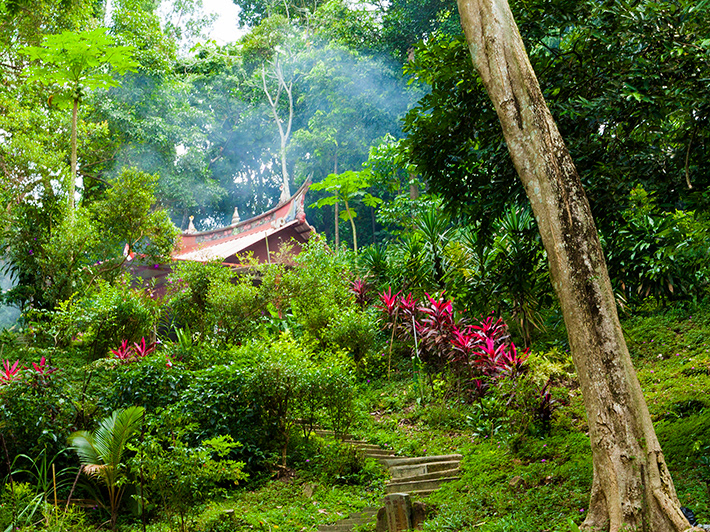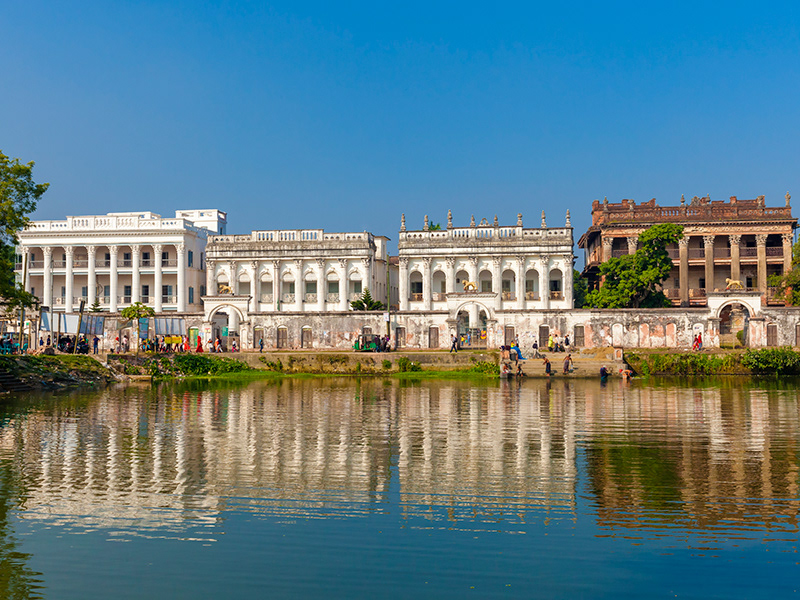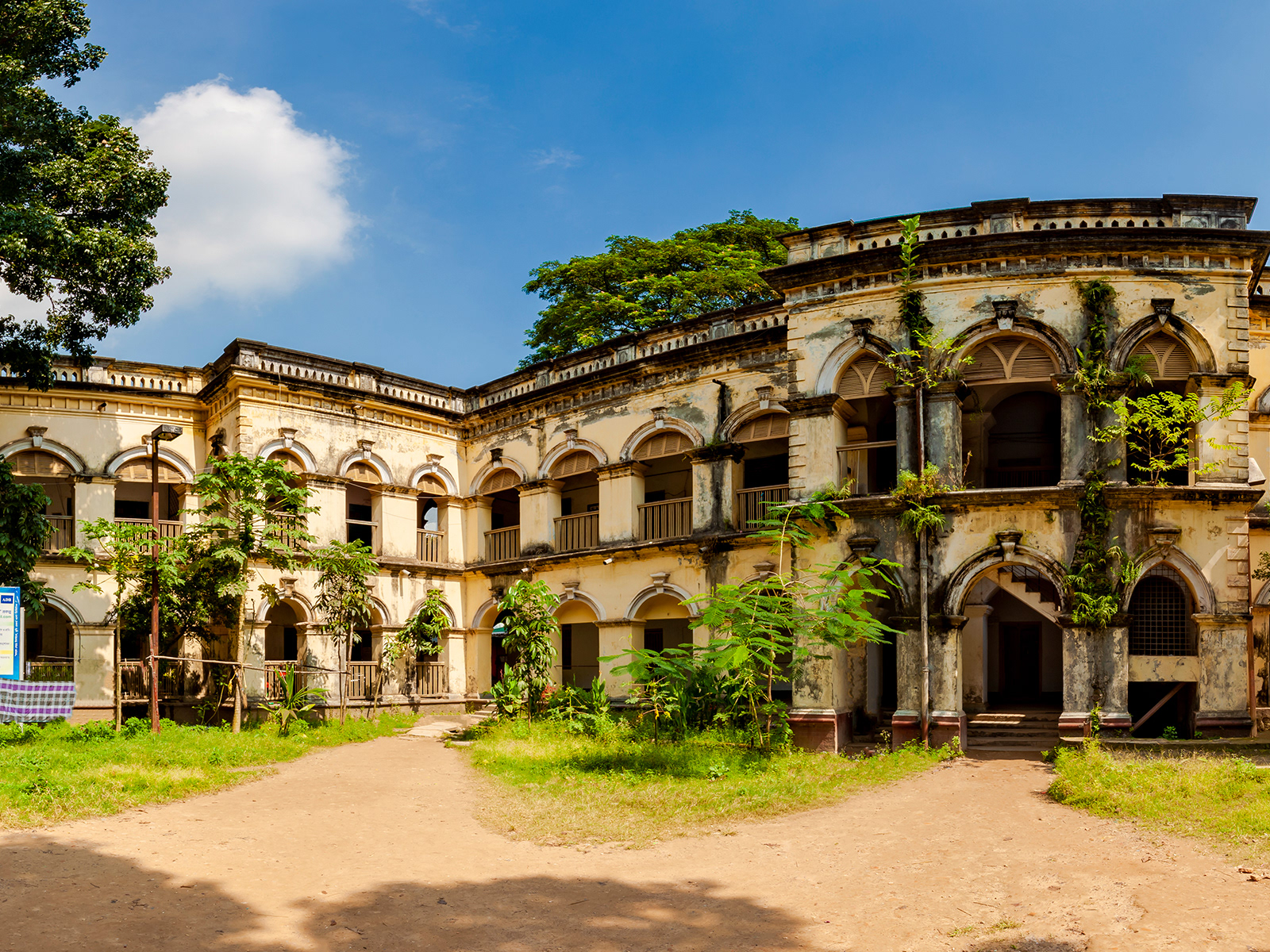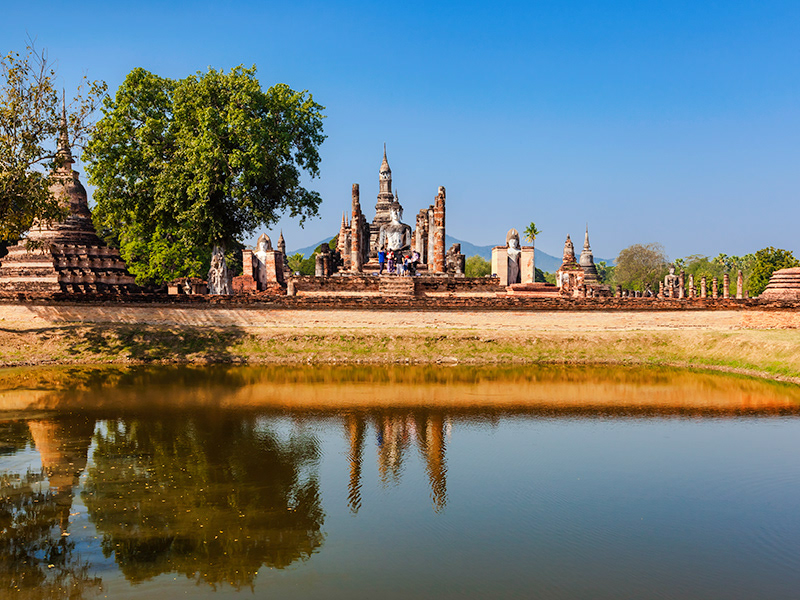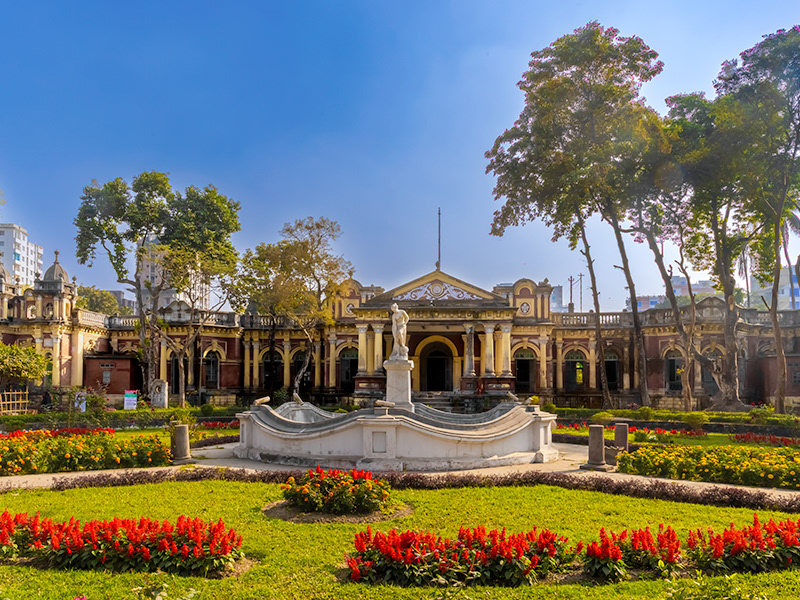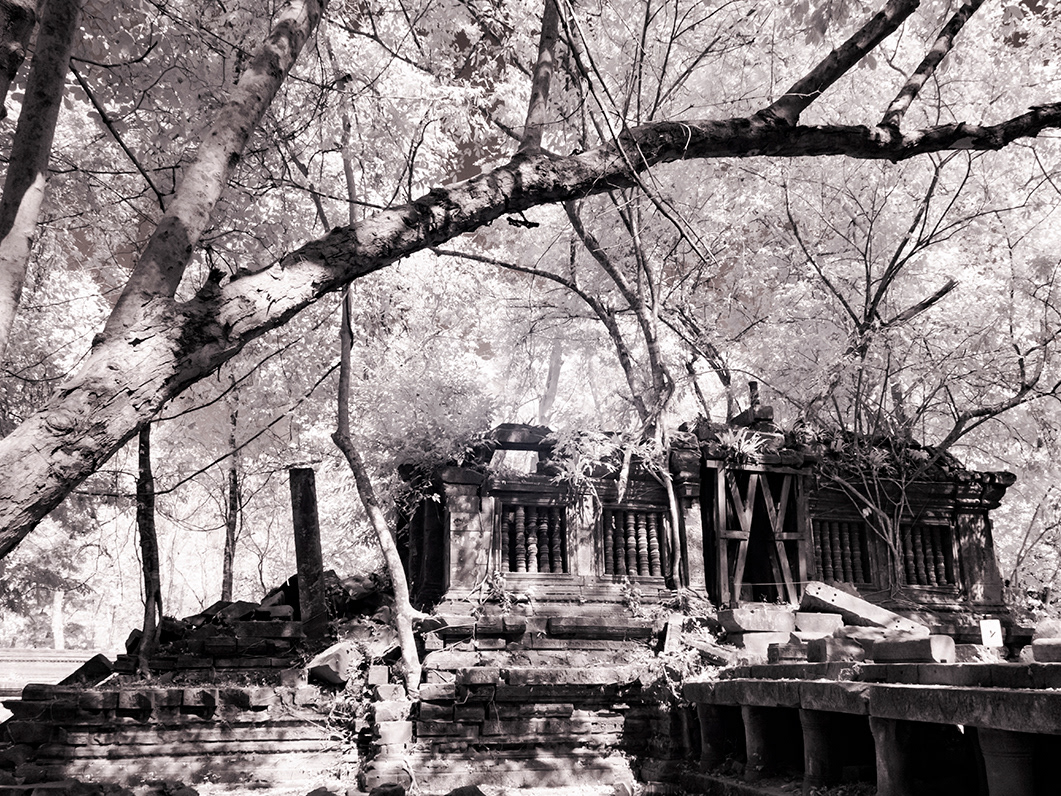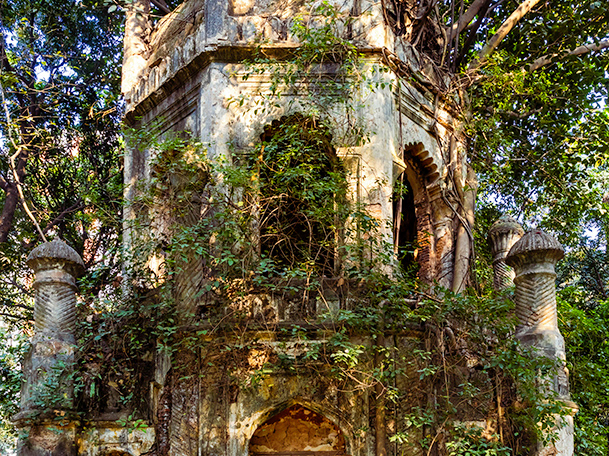This blog is about the achievements of two brothers whose influence helped shape post-colonial Sri Lanka – Geoffrey Bawa and Bevis Bawa. Their accomplishments are still there to be seen many years after their respective deaths in 2003 and 1992.
The brothers were the children of Benjamin Bawa and Bertha Schrader both of whom were from a mixed ethnic background. During his lifetime, Benjamin Bawa was an officer in the Ceylon Light Infantry, a successful lawyer (King’s Counsel), the private secretary and Aides-de-camp (ADC) to the Governor of Cylon and the Solicitor General of Ceylon.
Bevis, the elder brother, had a distinguished career as a major of the Ceylon Light Infantry in the British Army and, like his father, was one the ADCs to the Governor, before settling into civilian life as a landscape architect. At 6 ft 7 inches, he certainly had a large physical presence but perhaps he was more of a gentle giant. His affection for nature and passion for landscaping is reflected in the famous garden he created – ‘The Brief’ – on a former rubber plantation which he inherited from his mother. The land had been acquired by the family following his father’s success in a legal brief and hence the name.


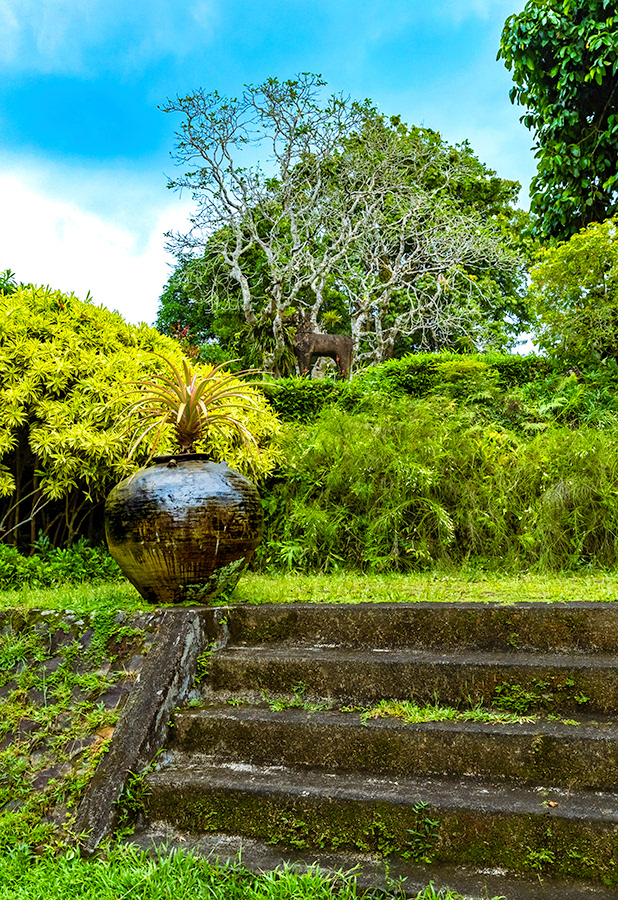
Bevis was a self-taught landscape gardener whose career developed more out of need than intent. He lacked interest in managing a plantation and a fall in rubber prices meant that he had both reason and cause to diversify the use of his property. At first, he began to clear the plantation to expand on the original planter’s house and then started to create his garden. To fund this work, he set up a plant nursery and eventually, opened his garden to visitors in 1969. His unusual style caught the attention of others and he began to pick up garden design commissions for both private clients and commercial clients.
His reputation as a supporter of the arts and culture enabled his stature in Colombo society to grow. The fame of his gardens led to many celebrities visiting Brief over the years including Queen Ingrid of Denmark, Sir Laurence Olivier, Vivien Leigh, Peter Finch, Agatha Christie and Robin Maugham.


However, social success didn’t equate to success for the rubber plantation. To ensure that the staff who had worked with him in building Brief could be retained and were taken care of, Bevis sold off the plantation in pieces and in many instances, gave the land to his staff. In the end, only 30 of the original 140 acres of the plantation remained at the time of his death in 1992. Today the Brief can be visited by visitors for a small entry fee which helps maintain the property and the house. I came across a description of the gardens by Richard Simon – “Brief is above all a playground of the senses, full of inviting nooks, alcoves, bowers and cloisters.” I couldn’t come up with a more appropriate description of Brief, even if I tried. The house, today, is like a museum to Bevis Bawa and contains many personal items and mementos, including art-work produced by Bevis’s friend and Australian artist Donald Friend.
The photographs taken of Brief in this blog, more than 32 years after his passing, show just how timeless his garden and home are even today.
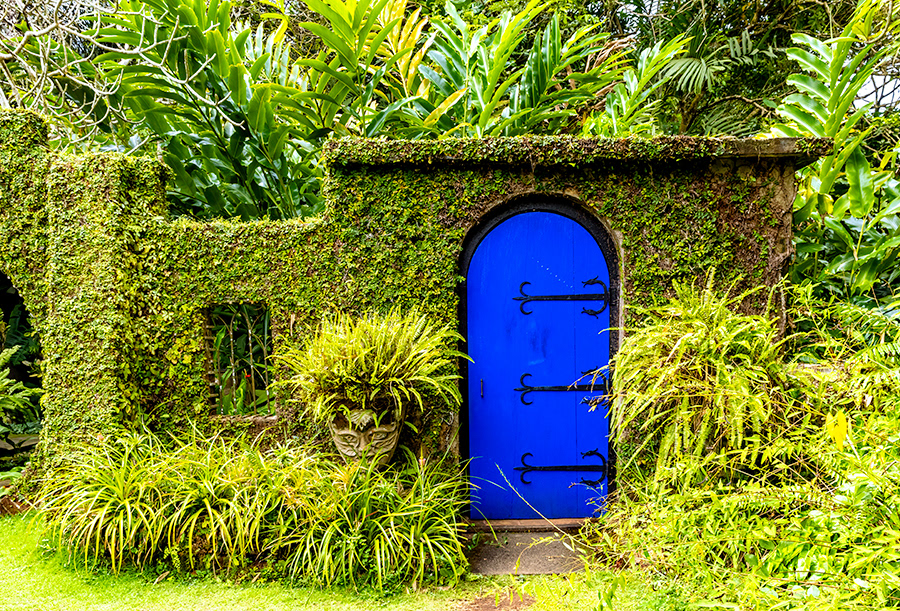
In Sri Lanka, there are few names as famous as Geoffrey Bawa and he is known as the ‘father of Sri Lankan Architecture’ or ‘the flag bearer for the architectural style of Tropical modernism’. His accomplishments include, the Parliament Building in Sri Lanka, a number of five star hotels including the Bentota Beach Resort hotel and the Jetwing Lighthouse Hotel, the Ruhuna University Campus and numerous other buildings that are still being used today.
View across the lake from Cinnamon Hill
Lunuganga (meaning Salt River in Sinhala), is the 12 acre estate belonging to Bevis’s younger and more famous brother Geoffrey. Lunuganga is not Brief but Brief was clearly a source of Geoffrey’s inspiration. If you visit Lunuganga and Brief, you see a number of similarities and common artistic influences. This is not a surprise since both shared common friends with whom they collaborated on artistic projects. Geoffrey was younger than Bevis by 10 years. Both brothers had one thing in common. They both became successful in careers for which they did not originally train. Geoffrey, like his father was a lawyer but fell into architecture similarly as Bevis fell into landscaping. Another common feature at both the Brief and Lunuganga, is the incredible Frangipani tree that stands near the main house, as if it was a signature feature of the Bawa brothers. These are no ordinary Frangipani trees and you have to see them to genuinely appreciate them.
Lunuganga is located less than a 30-minute drive from Brief, in Bentota. Lunuganga was formerly a Dutch-era cinnamon plantation that had become a rubber plantation during British colonial rule. It was acquired by Geoffrey, just before he turned 30, in 1948 and is located on the edge of the banks of the Dedduwa Lake. In the way in which he has designed the main house and landscaped the gardens, there is a particular point in the house where Geoffrey could stand and enjoy a view of the lake on the North and South sides of the estate.
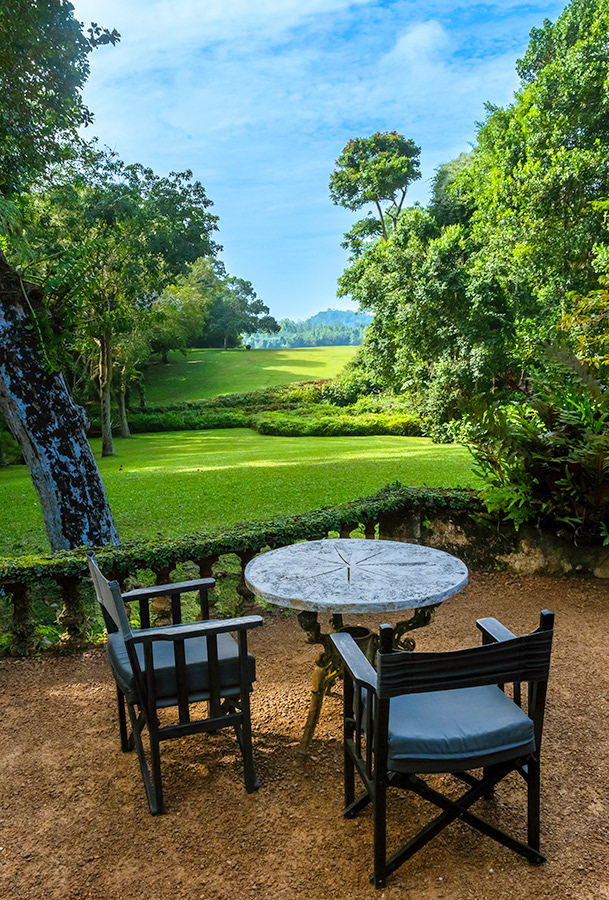
The view from the entrance of the main house looking South
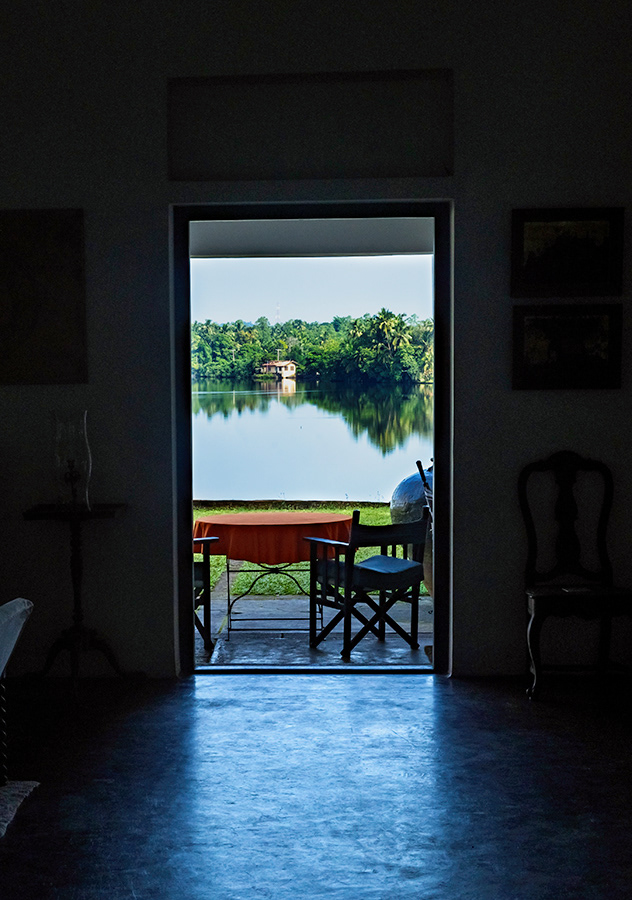
View from the entrance of the main house looking north

Over the course of 40 years and right until his death at the age of 83, Geoffrey converted this former plantation into a home and exquisite garden that even today inspires awe for its timeless qualities and uniqueness. The garden at Lunuganga evokes memories of the great gardens we often go to visit in Europe but is, by no means, a replica. The originality of the gardens lie in how local but, at the same time, ‘international’ they are. “It was here that he experimented with interplay between building and landscape, between inside and outside space. The result was one of the most important Asian gardens of the 20th C.” (David Robinson, 2016)


It is difficult to separate the buildings in Lunuganga from the landscape because, they have been consciously placed to be in harmony with each other. There are different blocks within the estate representing living, working or entertainment purposes and the landscape surrounding each one is different from the other. Geoffrey’s spot for lunch in the corner of the Eastern Terrace begins a cascade of levels and steps that take you down to the Broadwalk and the Water Gate. As you move through each level, your senses are invited to enjoy completely distinct aspects of Lunuganga and its surroundings. Because I have a passion for colonial architecture, I had two favourite views of the Main House. One was the view from Cinnamon Hill looking back to the house and the other from the Broadwalk looking up the terraces to the house.


As you tour the grounds, keep an eye open for Geoffrey’s attention to detail, especially in how they help inform the character of the space. My personal favourites were the tiny Natraj statute on a thin stand on the steps of the Eastern Terrace, the giant bust of Pan just before the ‘Field of Jars’ and the statute of a leopard at the Water Gate created by the artist Lydia Duchini.
Before his death, Geoffrey established the Geoffrey Bawa Trust, which still survives today, with the aim of furthering the fields of architecture, fine arts and environmental studies. Separate to that, the Lunuganga Trust was established with the objective of managing and preserving the estate. Neither of the brother’s married or had heirs.
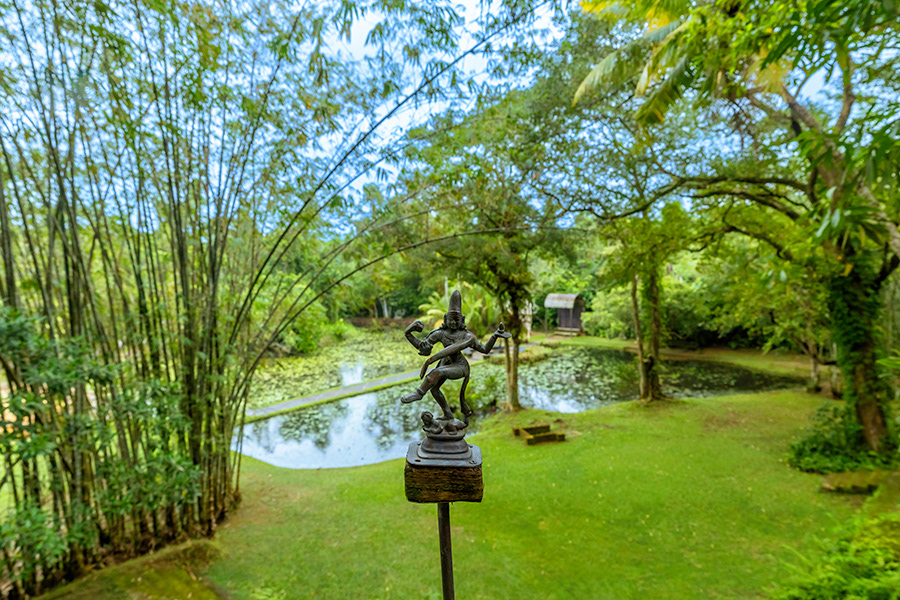


Lunuganga is now being run by Teardrop Hotels, a luxury Sri Lankan hotel group. The hotel is maintained as a living museum to Geoffrey Bawa and guests staying there get to enjoy the grounds and the wonderful food cooked in the kitchen in the main house. We stayed there in January 2025 for three nights.
Getting to Lunuganga and The Brief isn’t hard but both properties are located off the main road which requires some navigation through unpaved roads. With satellite navigation on most phones, finding either of the properties are ultimately not difficult. It is not possible to stay overnight in the Brief, but you can stay at Lunuganga. I would recommend two nights. Even if you don’t stay there, you can book a guided tour which are conducted in English. Many people, staying at the Bentota Beach Resort Hotel would book tours at both properties and visit them in the same day. Information on the Garden Tours are available through the links below.
